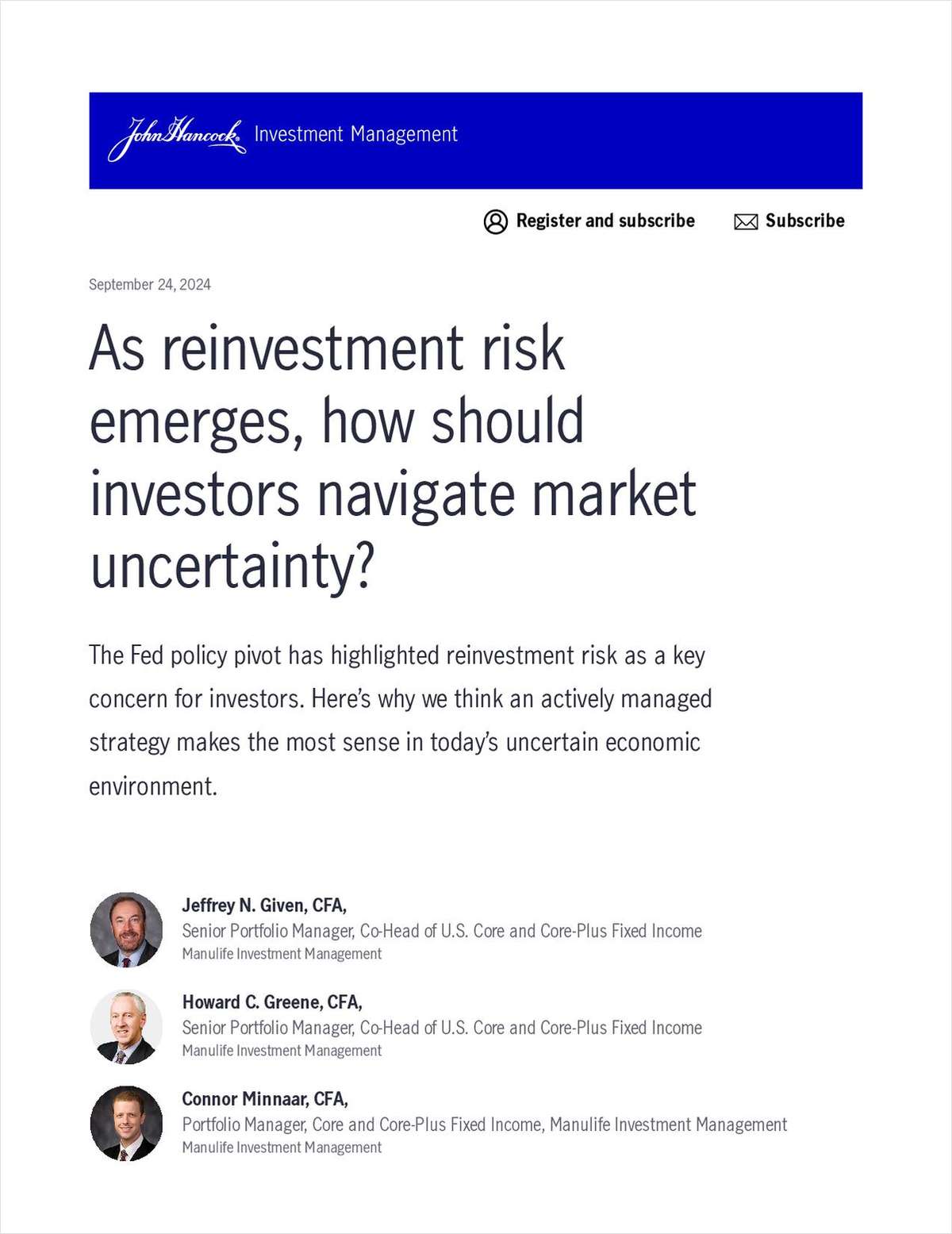Annuities have long been a polarizing topic. Some advisors say annuities are a core part of their business, while others almost never consider them. Clients who have annuities often buy more, while a vast majority of consumers still aren't quite sure how they work. But 2015 might just prove to be a promising year for annuities. The industry is ripening with innovative new solutions, and consumers, with "safe money" on the sidelines, are shouting more loudly for efficient guarantees. In other words, simple, accessible income solutions are beginning to emerge at a time they're most desperately needed.
So wherever you fall on the love-or-hate annuities spectrum, when you talk to your clients this month about their financial resolutions, talk annuities. This part-history lesson, part-prescriptive look at where the industry has been and where it could be going is the first in a series on how to make annuities a smart, simple way to grow your business and give your clients the secure retirement income they crave.
Two years ago, the name of the game was supply and demand. Carriers were exiting the industry, especially the variable annuity with living benefits market, while consumers at the very tip of the retiring Baby Boomer iceberg started asking for income, leaving those who had solutions to offer very well positioned. But if we look back further into the history of the annuity industry we see a trend that's potentially startling: the industry has grown long term, but the last 10 years have been flat (except for the much smaller income annuity sector).
Since 1985, the industry grew from about $29 billion in retail sales to $224 billion in 2013, with growth fueled by VA sales (Source: LIMRA, 2014). A closer look at recent years reveals that the industry is due for a kick start; the 5 year compound annual growth rate is flat and when we consider annuities' share of the overall retirement market, they've never exceeded more than 10 percent (Source: Investment Company Institute, 2013). Skeptics would conclude that this is an indication that the industry is flat-lining. At the same time, though, consumers are asking for solutions that annuities – especially new product types – are uniquely equipped to deliver.
The ingredients for the start of a new era for annuities are on the table. Long-term rates have bottomed out and to say that stock market valuations have recovered may be an understatement. Barron's recently noted we are currently in the fourth longest bull market in history. And although we know that this is not a guarantee of future performance, since its March 2009 lows through the end of November 2014, the S&P was up 245 percent. Have you talked to your clients about what to do with those gains?



